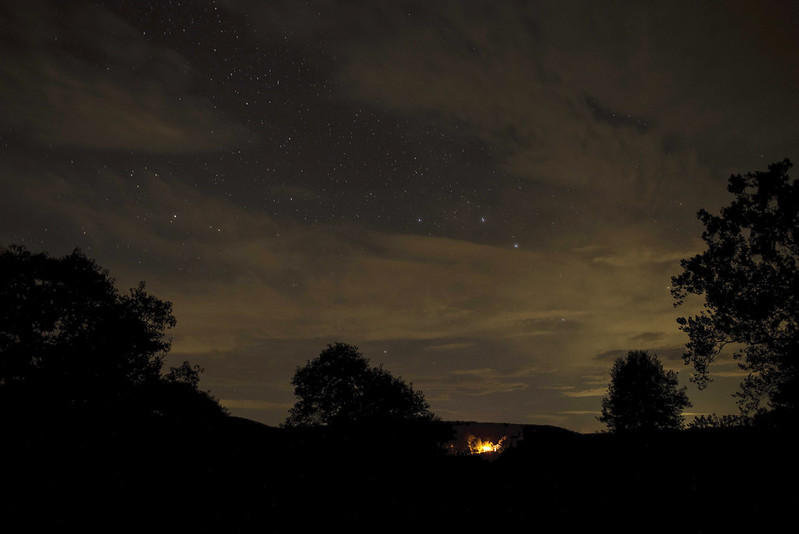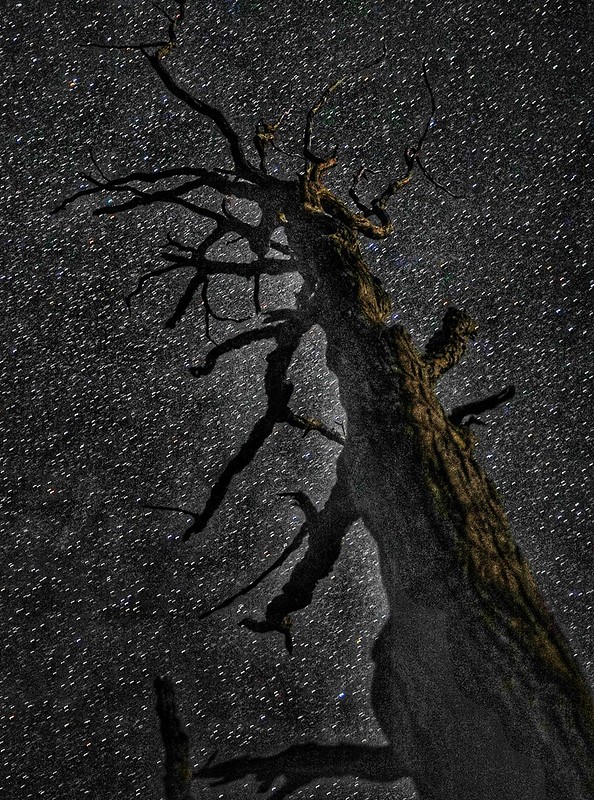Read Our Blogs
Viewing and Photographing Dark Skies
Ever looked up and noticed how spectacular the stars are this time of year? Night sky viewing is best during colder months, before humidity sets in and obstructs the views. Artificial light pollutes our night skies and prevents us from seeing the sky. Escaping the light can be difficult, but there are several locations where dark skies exist.
How to Photograph the Night Sky
- Choose the right conditions. Dark skies on clear nights are best. Check the status of the moon before heading out. A full moon creates too much light for ideal night photography. A waning or waxing moon (less than half the moon illuminated) can allow just enough light to illuminate a foreground in a photo. A new moon will create the darkest sky and the best viewing of stars. Wind will shake the camera and cause blur, so choose a still night. High humidity can also blur the view.
- Secure your camera to a sturdy tripod. Night sky photography requires long exposures, so a tripod is a must. A tripod with a ball head is best to rotate your camera in any direction.
- Use a flashlight with a red light mode to help preserve your night vision (it's also worth lowering the brightness on the LCD screen to prevent a blinding glare).
- Set the camera to Shutter Priority. Choose the highest time your camera allows, usually 30 seconds. Longer exposures will show the movement of the stars. Shorter exposures will show stars as a dot rather than a streak.
- Set the ISO to 640 or 800. It will brighten your photo.
- Set the White Balance to Sunny to allow the true colors of the sky to appear in your photo.
- Focus the image by selecting Manual Focus. Zoom in on a star in the frame and turn the focus ring until the star appears as a sharp dot.
- Set the timer. Setting a timer will eliminate any camera shake caused by pressing the shutter button.
- Find an object or a landscape in the foreground to create interest. This can be anything from a tree to a sand dune or mountain ridge. You're the artist, so make it your own.
- Finally, press the shutter release button and stand back while your camera does the work. Night sky photography usually requires tweaking, so review the photo and adjust as necessary.
Light pollution has a negative effect on wildlife, migrating birds, insects and plant cycles. It can also lead to sleep deprivation and psychological disturbances in humans. You can conserve dark skies at home by turning off unnecessary outdoor lights and focusing the light you have on the ground. We have learned from our Dark Sky certification projects that a lot of lighting is poorly designed and provides more illumination than intended.

Photographer Pro Tip - Find an object or a landscape in the foreground to create interest.
Learn about our International Dark Sky Parks.
If you have read the article and have a question, please email nancy.heltman@dcr.virginia.gov.
Search for blogs
By Park
Categories
Cabins
Camping
Fishing
History and Culture
Other
Programs and Events
Trails
Volunteers
Water Fun
Archive
2025
2024
2023
2022
2021
2020
2019
2018
2017
2016
2015
2014
2012














